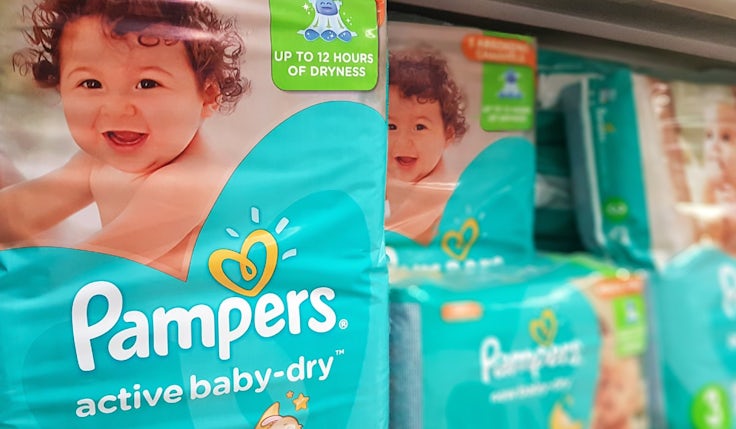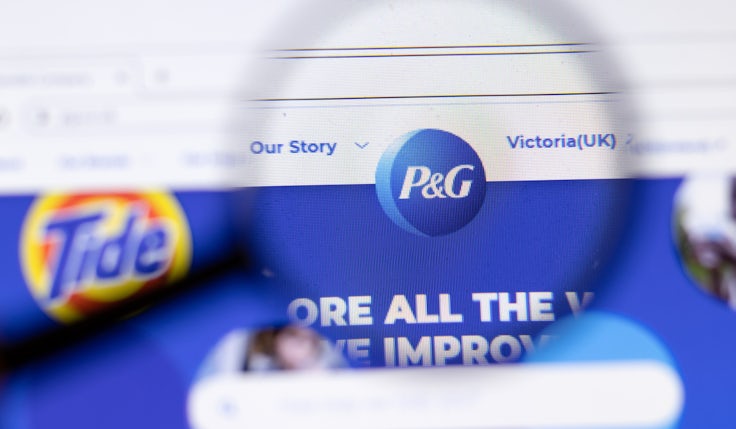P&G CEO says ‘willingness to change’ is key to being a ‘constructive disruptor’ in brand building
The consumer goods giant is committing to further investment in marketing efficiency as it seeks to drive category growth in beauty and home care.
 Procter & Gamble is committing more resources to drive marketing effectiveness and efficiencies, with plans to bring further activities in-house.
Procter & Gamble is committing more resources to drive marketing effectiveness and efficiencies, with plans to bring further activities in-house.
On an investor call this afternoon (23 January), P&G CEO John Moeller said he wants to ensure P&G continues to be a “constructive disruptor” within the industry, particularly in relation to brand building. He said this will require a “willingness to change, adapt and create new trends, technologies and capabilities that will shape the future of our industry [and] extend our competitive advantage”.
To achieve that goal he explained P&G would be bringing more advertising activity in-house, from media planning and placement activity to “using our proprietary tools and consumer data to increase effectiveness and efficiency of our communication”.
Moeller added he “has no desire to spend money that isn’t working” in and around its marketing activities.
To ensure that is not the case the company, which owns brands including Ariel, Pampers and Head & Shoulders, is looking to increase the return on investment of its advertising, particularly in areas where it sees the potential to speak to consumers around key categories.
The company’s second quarter results for its fiscal year 2024 singled out the categories of hair care, grooming and home care as some of the areas with pronounced opportunities for growth.
Moeller said: “If you look at the opportunity to fully penetrate households with that innovation in ways that delights them and improves their lives, now is not the time to be pulling back on investments in marketing, or commercialisation efforts of that innovation.”
It comes as over the quarter P&G says its margin expansion was “partially offset by increased marketing investment”, which it intends to keep up. A large part of that investment was in service of increasing the capabilities of its advertising tools, which Moeller explains are delivering greater depth in consumer details that help drive efficiency of spend.
“We have line of sight to savings from improved marketing productivity, more efficiency and greater effectiveness, avoiding excess frequency and reducing waste while increasing reach,” he said.
P&G CFO commits to ‘100% ROI-driven’ approach to marketing investment
Pricing power
The group also highlighted the success of its long-term pricing strategy. In October last year. P&G said it was relying on its “product superiority” to raise prices as it returned to pre-pandemic volume levels. For the second quarter, pricing contributed four points to P&G’s sales growth.
Moeller said that the company was trading at around 85% of pre-pandemic volume over the quarter.
The company said its approach to pricing to drive sales would continue, but that it had seen a “step down in pricing’s contribution to sales growth” in the US and Europe, as a large portion of price increases from last year have annualised. Despite this it says that “importantly volume accelerated in both regions” to partially offset the pricing impact.
Digging further into its price strategy, chief financial officer Andre Schulten said the company did not expect to increase promotional activities, in line with its competitors: “There’s no escalation of promotion… What drives [sales] is strong innovation, innovation that is focused on growing the market and strong communication of that innovation in a very targeted way.”
The company reported net sales for the second quarter of the fiscal year 2024 of $21.4bn, an increase of 3% over the prior year. Organic sales increased 4%, driven largely by success in hair care, grooming and home products.






